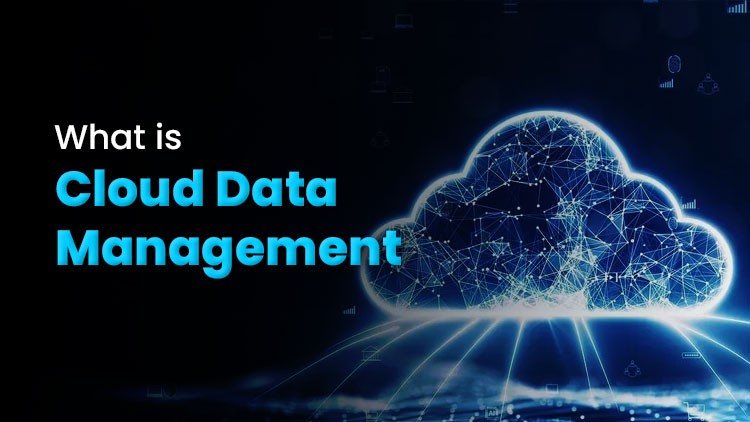Rise of Serverless Computing in Cloud Services
Serverless computing is on a high rise as the new trend in cloud services. What's driving this rise:
What is Serverless Computing?
Serverless computing provides a chance for developers to develop and execute their applications without any hassle of infrastructure of servers. Cloud services undertake the tasks of server provision, scaling, and servicing that enable developers to write their codes without bothering about anything.
Key Features That Are Leading Towards Its Growth
- Cost Efficient: With serverless, companies pay only for actual usage-for example, the number of requests or compute time-thus eliminating idle server costs.
- Scalability: Applications automatically scale with demand, making it a great fit for applications with unpredictable workloads.
- Reduced Operational Complexity: Developers can outsource tasks such as server maintenance, patching, and scaling to the cloud provider.
- Faster Development Cycles: By focusing on writing code and deploying directly, developers accelerate innovation and time-to-market.
- Integration with Microservices: Serverless aligns well with the microservices architecture where the application is composed of loosely coupled and independently deployable components.
Examples of Serverless Platforms
- AWS Lambda: Developed the serverless model by allowing developers to run code based on events.
- Azure Functions: The solution offered by Microsoft for event-driven, serverless applications.
- Google Cloud Functions: The company concentrates on lightweight compute solutions based on cloud events.
Real-World Applications
1. Web and Mobile Apps:
Serverless builds scalable backend systems for unpredictable traffic in apps.
2. IoT:
Ideal for processing large volumes of IoT data with event-driven architectures.
3. Data Processing:
Best suited for real-time data analytics and batch processing.
Challenges
Serverless computing has many advantages, but there are some challenges:
- Cold Start Latency: Function execution delay when services scale from zero.
- Vendor Lock-In: Migration between providers is complex due to reliance on proprietary APIs.
Why It's Important
- Serverless computing empowers businesses to innovate faster, reduce infrastructure costs and complexity, and become a cornerstone of modern application development as cloud adoption grows.
- For more insights, please refer to trusted sources such as AWS Serverless, Microsoft Azure Functions, and industry blogs.



No comments:
Post a Comment